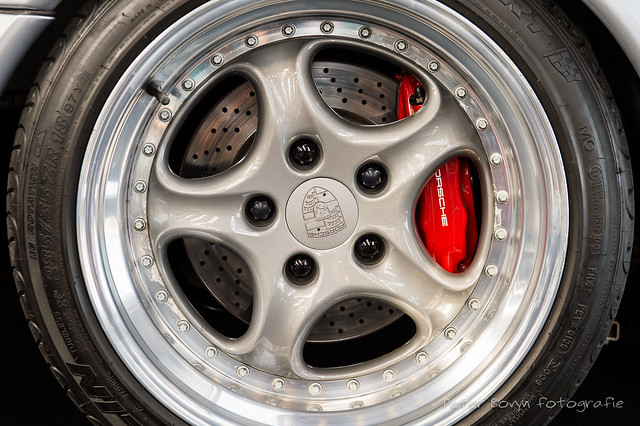Blow Molding Machines
Blow molding machines are used to produce products like bottles that hold shampoo, soda, and other liquids. It is a versatile manufacturing process that helps industrial manufacturers make plastic containers at a low cost in high quantities.
The process begins with raw material feeding or charging. Plastic resin pellets are conveyed into the extruder hopper using vacuum pumps.
1. Extrusion
In order to create the bottles millions of people use every day for water, soda, cleaning products and more, the extrusion blow molding process first converts plastic pellets into a molten material. It is then blown with low-pressure air into a shape known as a parison.
As the melted plastic flows through the extruder, it passes over a screen and breaker plate, which remove any contaminants or inconsistencies in the plastic. It then reaches the accumulator head, which contains a set amount of molten resin.
When the accumulator head reaches its capacity, it releases blow molding machine the resin through a pair of cylinders that control its shape. The streamlined flow of the extruded plastic then passes into the die’s lips.
A die is a piece of metal that creates the desired cross-sectional shape in the molten plastic. It consists of an inner core pin half (called a mandrel) that determines the interior diameter, and a perimeter ring that defines the outer diameter. The die also determines the shape of a parison. The melted plastic then enters the mold, where it cools and solidifies into the final product’s shape.
2. Clamping
Blow molding is a versatile manufacturing process that can produce hollow plastic workpieces in a variety of shapes. It first melts raw plastic and shapes it into a cylindrical shape called a parison. A parison is then clamped in place inside the mold and air is blown down on it to create a hollow piece. Afterward, the plastic cools and is ejected out of the mold.
Clamps are used to hold workpieces firmly in place during manufacturing operations such as cutting and other forces. These clamps come in many forms and are used across a wide range of industries. They can be very simple, like strap and swing clamps, or more complex, such as toggle clamps.
The present invention provides a mold-clamping device for rotary-type and shuttle-type blow molding machines that allows the opposed clamp force to be transmitted from the drive directly to the split mold halves without transmitting the clamping forces through the frame. The expansion and contraction length of the crank mechanism can be adjusted, which enables the clamping force to be generated normally and uniformly in a stable manner irrespective of the size and configuration of the split molds.
3. Inflating
The blow molding process is used to create a variety of hollow plastic products. These include bottles and containers, toys, automotive parts, and more. The basic principle of blow molding is to inflate a heated, molten piece of plastic (called a parison) using forced air. This allows the molten plastic to take the shape of a mold and is what gives the final product its shape.
The extrusion blow moulding machine is capable of processing a wide range of polymers including polyethylene, polypropylene and polyethylene terephthalate. After the molten plastic is formed into a parison, it is then inflated by the blow pin. The pressure applied by the blow pin is controlled to ensure that the parison is blown into the mold cavity to create the desired bottle shape.
The inflated bottle is then cooled, which helps to maintain the shape of the product. Once the plastic has cooled and hardened, it is ejected from the mold.
4. Cooling
Blow molding is a key part of manufacturing a wide range of plastic products, from bottles and containers to automotive parts and toys. Plastic is fed into the blow mold machine, where it’s superheated and melted before being blown into a mould and taking on the shape of the desired product. Bottled beverages rely on blow molding to provide the plastic containers needed for distribution and sales, but this process is also used for many other types of hollow plastic workpieces.
Wittmann Battenfeld’s Internal Air Cooling System (IACS), formerly marketed by Farragtech, improves production efficiency by cooling the inside of the finished product during the cooling cycle with chilled compressed air. This eliminates heat transfer to the inner surface of the product, shortening cycles and reducing material stress in the finished plastic and crystallization rates.
The IACS can be fitted into all extrusion blow machines and is said to offer a quick return on investment. It’s also simple to install and maintain, making it suitable for almost any factory setting. It’s also CFC-free and ozone friendly, requiring only compressed air to operate.
5. Ejecting
The final step in blow molding is ejecting the finished product from the mold. This is done by rotating and clamping the parison into a hollow blow mould with compressed air, inflating it to the desired shape and cooling it. Once the molded blow molding machine factory product has completely cooled it is removed from the core rod and stripped of any excess plastic.
The process of blow molding allows for the manufacture of a wide variety of bottles and plastic containers. It is particularly useful for liquids which need to be preserved, such as beer, wine and soft drinks. It is also a cost-effective alternative to glass bottle production.
The most common type of blow molding machine is the extrusion blow molder. This machine uses an extrusion process to create the preform and a blow molding machine to inflate it to form the finished container. A variation on this is the injection stretch blow molder. In this process the preform is injected into an injection molding machine to produce the neck and thread of the container, then transferred to the blow molder for blowing.


